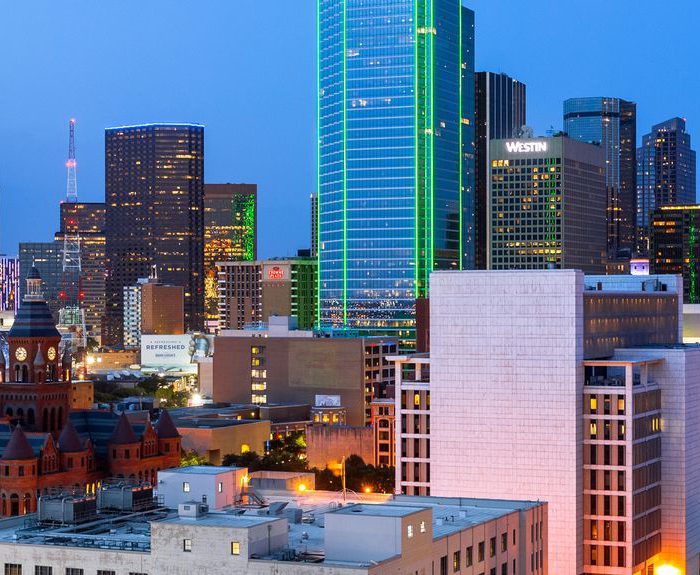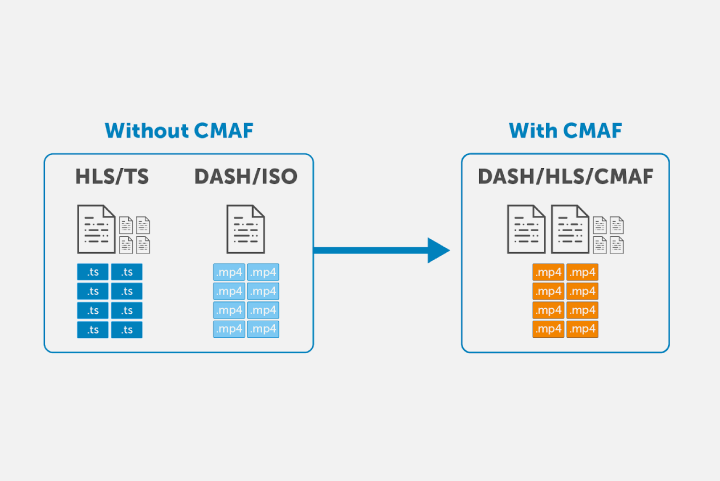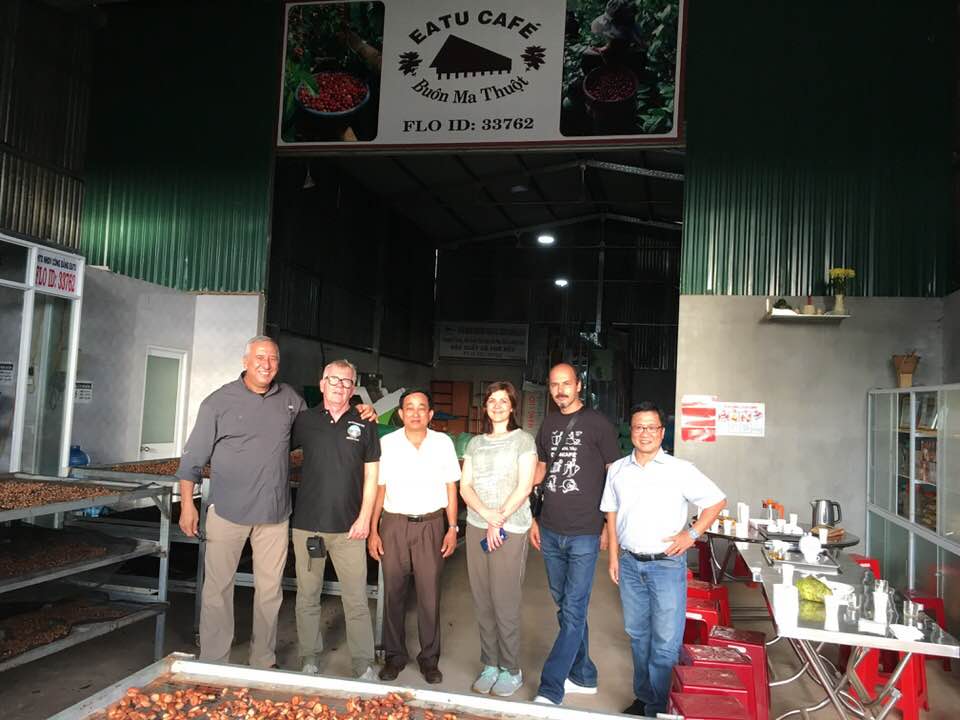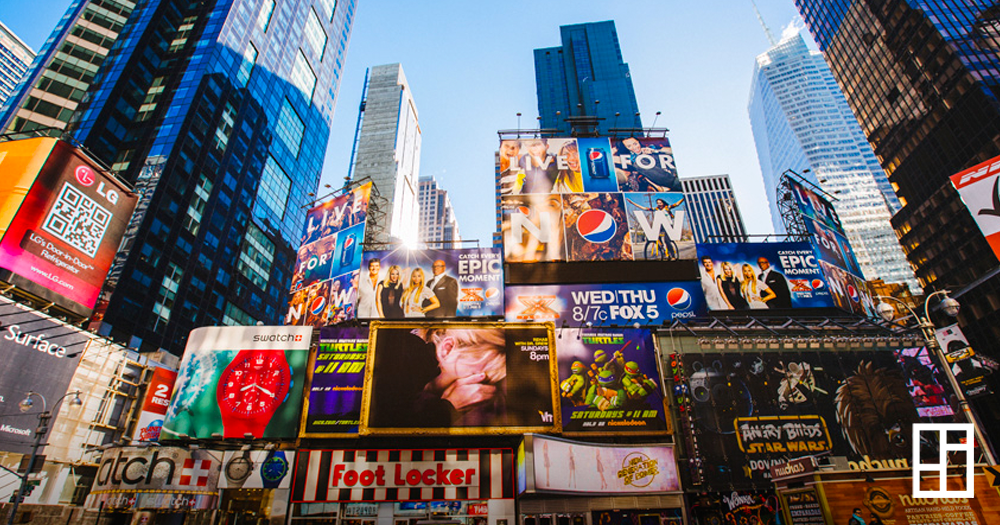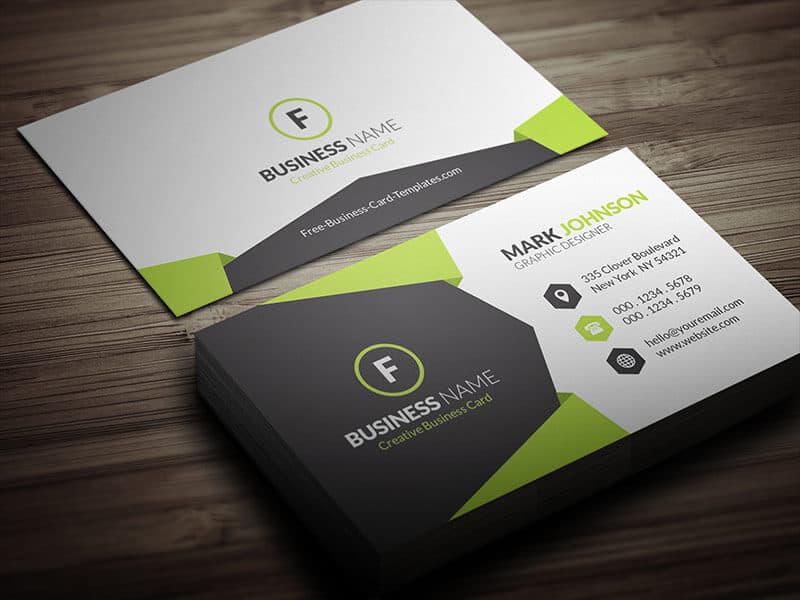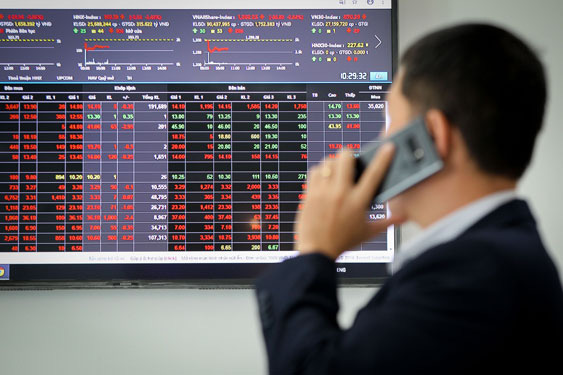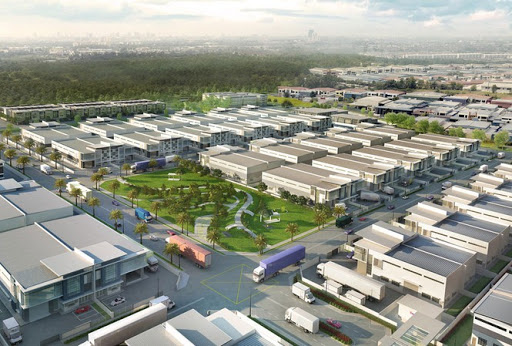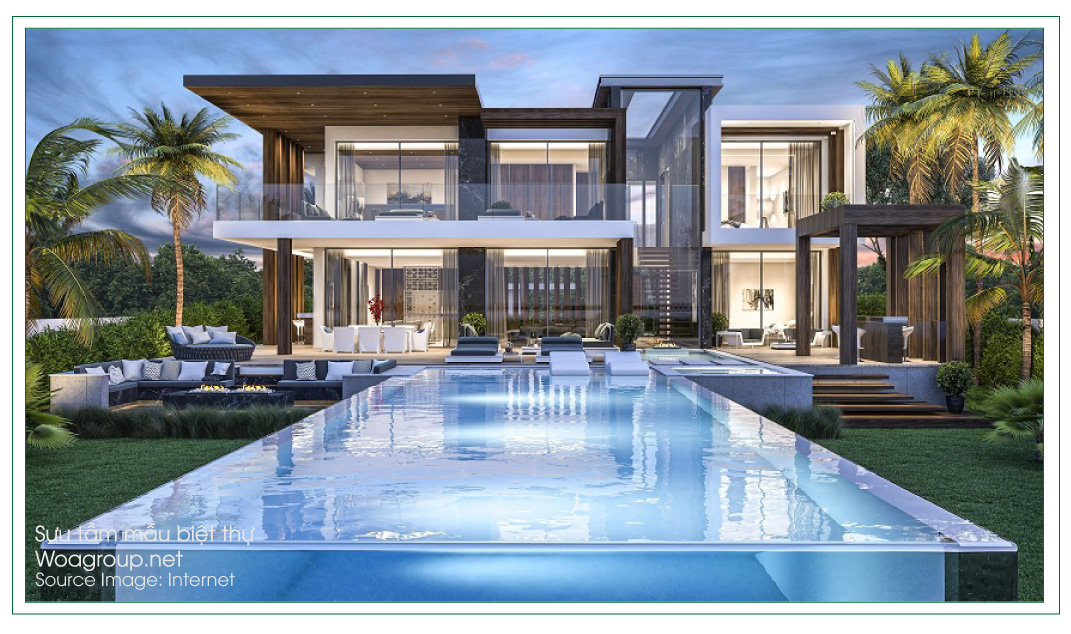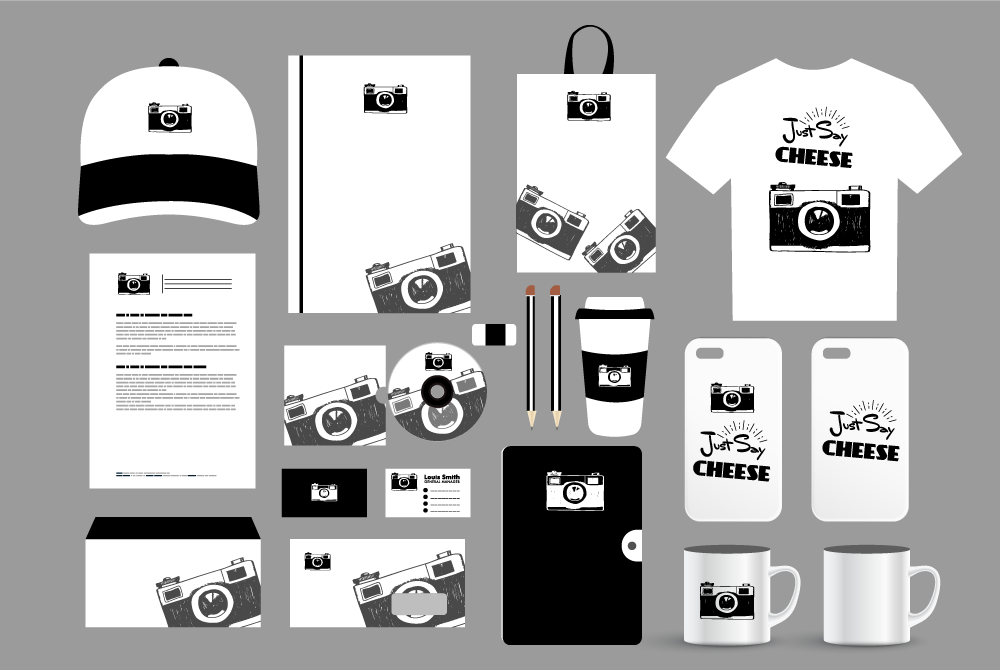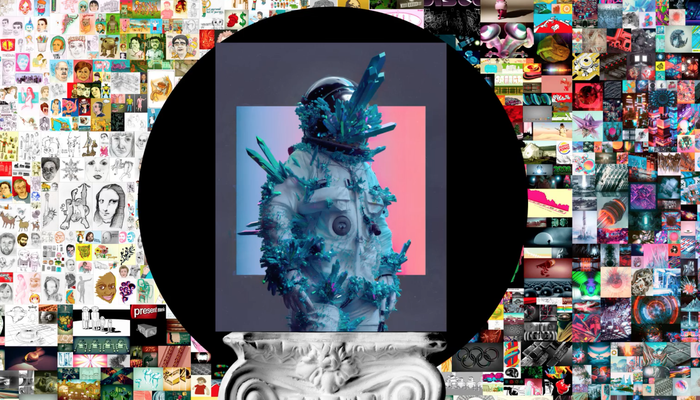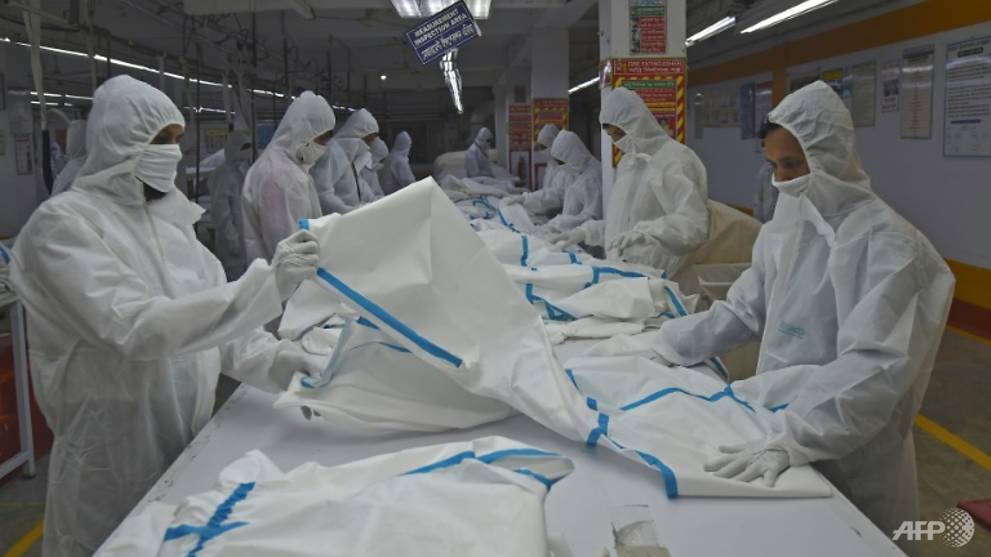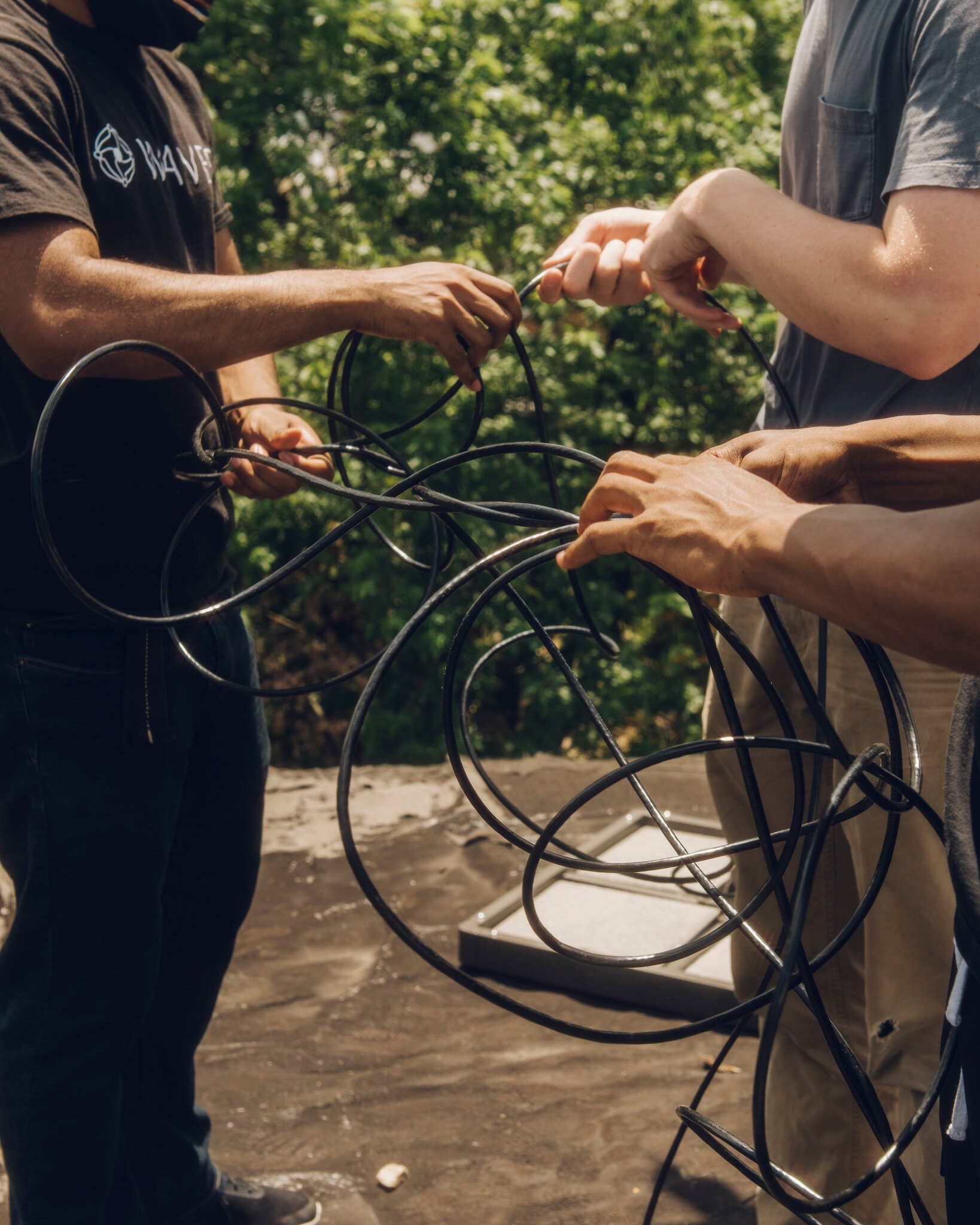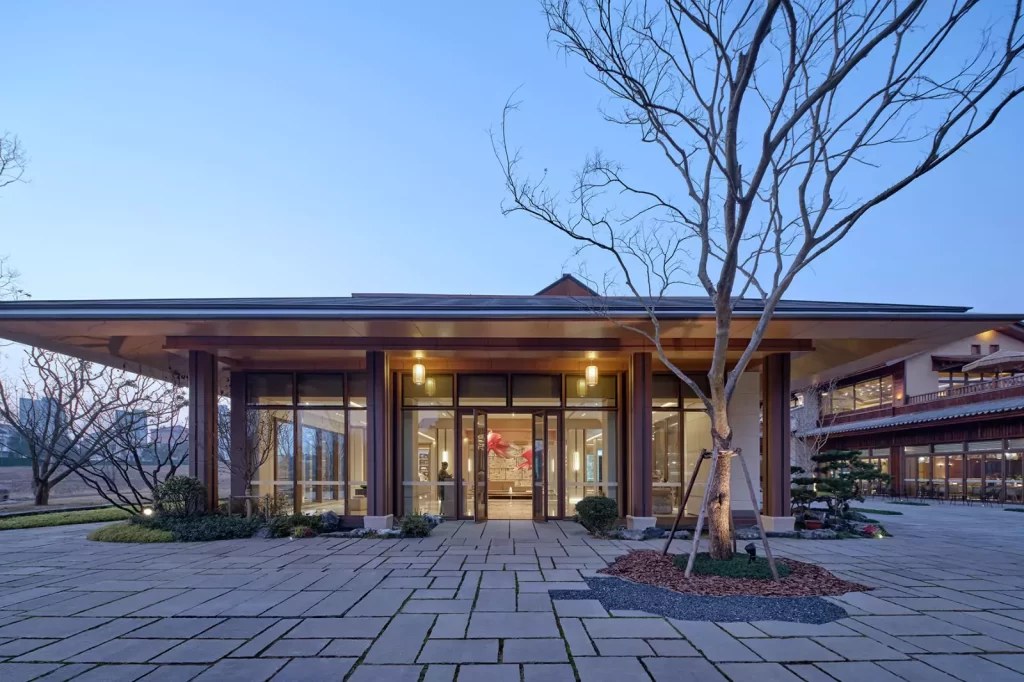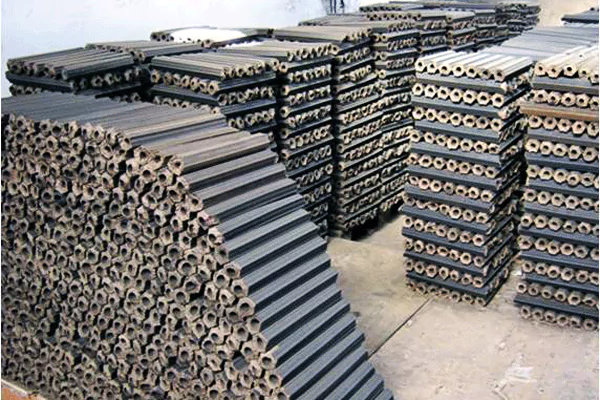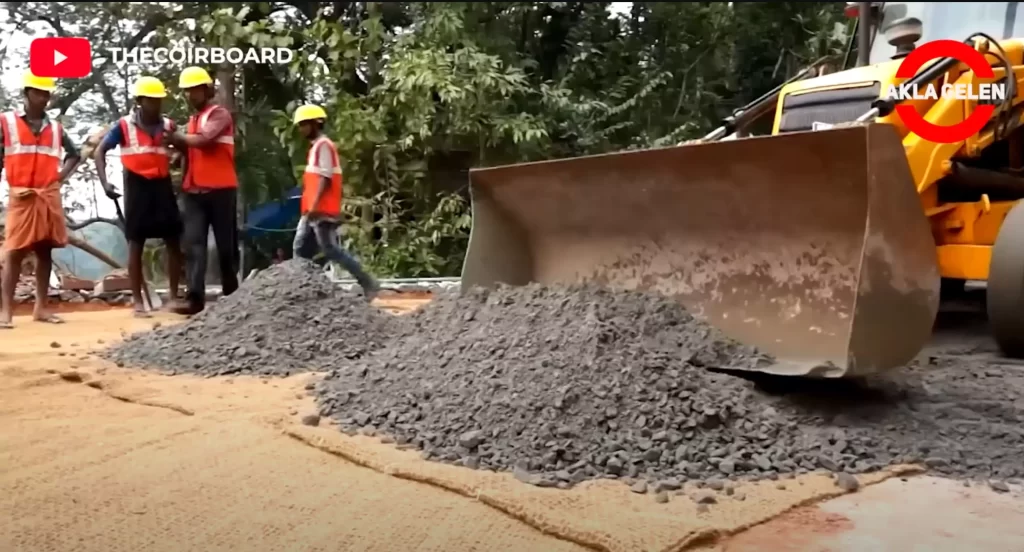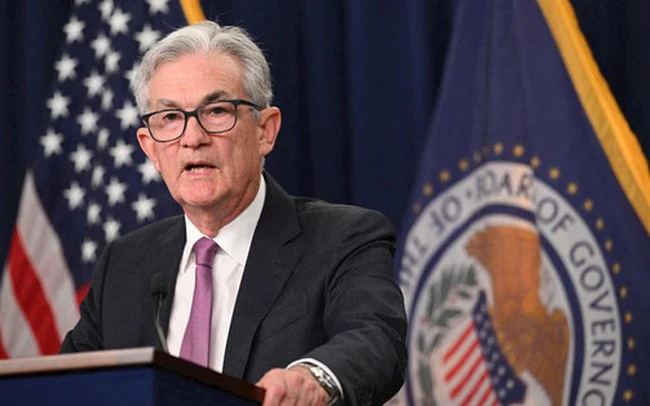“How will we live together?”: Exploring the Question of the 2021 Venice Architecture Biennale

“How will we live together?”: Exploring the Question of the 2021 Venice Architecture Biennale
Scheduled originally from August to November 2020, the 17th Venice Architecture Biennale was postponed, like every other event this year, and will be held from May 22nd to November 21st, 2021, due to the pandemic. Questioning “How will we live together?” the original statement of curator Hashim Sarkis, called upon architects “to imagine spaces in which we can generously live together”. Relevant today more than ever, with the current worldwide circumstances, the theme of the Biennale is in fact the focus of interest of the global scene.
After having discussed “How will we live together?” over a year ago with Hashim Sarkis in Venice, ArchDaily had the chance to open the debate once more and re-examine the question of the Architecture Biennale. In a two-part interview, the architect tackles the theme, the Biennale, the present situation, and the future.
Read on for the 1st part of the interview, centered on the question of the Venice Biennale 2021.
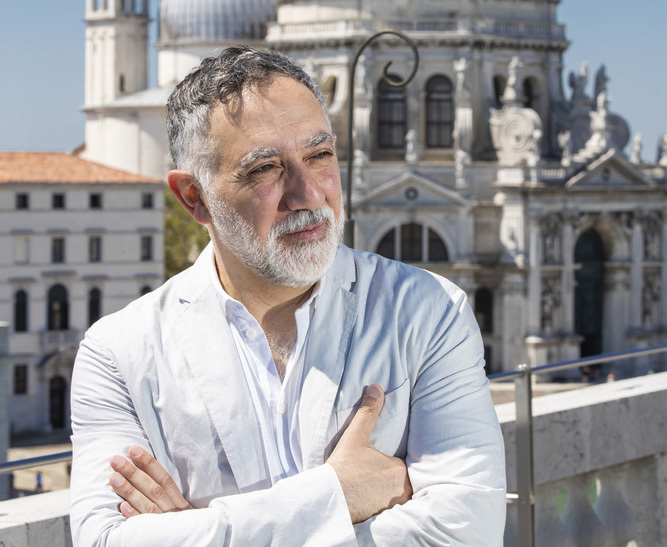
Written by Christele Harrouk
Cite: Christele Harrouk. “Hashim Sarkis on “How will we live together?”: Exploring the Question of the 2021 Venice Architecture Biennale” 07 Oct 2020. ArchDaily. Accessed 9 Oct 2020. <https://www.archdaily.com/949137/hashim-sarkis-on-how-will-we-live-together-exploring-the-question-of-the-2021-venice-architecture-biennale> ISSN 0719-8884
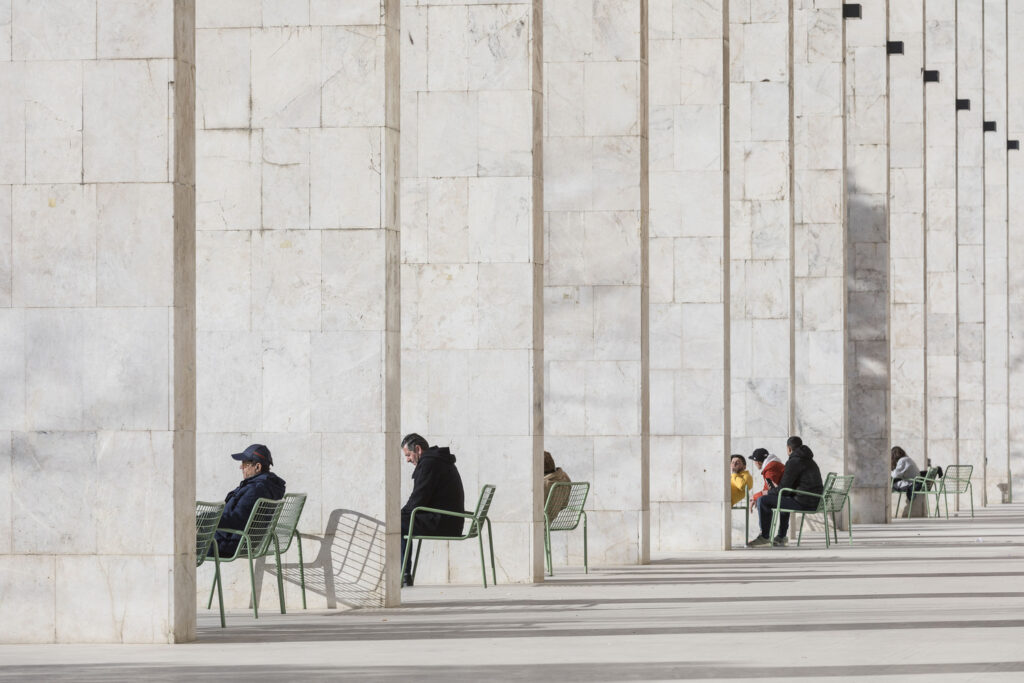
About the Theme of the Biennale
ArchDaily (Christele Harrouk): The last time you spoke to ArchDaily, you said that the theme of the Biennale “How will we live together” started from your desire to talk about optimism. Do you think your approach has changed in any way after everything that has happened this year? And if you had the choice, would you select another theme for the 2021 edition?
More relevant than ever, do you consider this question to be timeless?
Hashim Sarkis: The question is indeed very old. The Babylonians asked it as they were building their tower. Aristotle asked it when he was writing about politics. His answer was “the city.” The French and American Revolutions asked it. Timmy Thomas passionately pleaded it in his song “Why Can’t We Live Together?”
Every generation feels compelled to ask it of itself and answer it in its own unique way. This generation, unlike the previous ideologically-driven ones, insists that there is no single source from which the answer can come. The plurality of sources and diversity of answers will only enrich our living together, not impede it.
We are asking architects this question because we are clearly not happy with the answers that are coming out of politics today. We are asking architects because architects are good conveners of different participants and experts in the building process. We are asking architects because we, architects, are preoccupied with shaping the spaces in which people live together and because we frequently imagine these settings differently than the social norms that dictate them.
In that sense, the spatial contracts that we produce with every space we design simultaneously embraces the social contract that willed the space and proposes an alternative to it. We aspire to enable the best of the social contract and to propose alternatives where we can improve on it. A single-family home may ultimately replicate the explicit values and implicit oppressions of the post-WWII nuclear family model, but we have also seen powerful experiments from architects like Lina Bo Bardi and Elizabeth Diller that have challenged from within the detached house’s familial hierarchies and gender segregations. The reimagined household will be one of the five scales of the Biennale.
Hopefully, the question continues to propel us forward and in doing so, to build on the optimism that drives architecture and architects. Our profession is tasked with designing better spaces for better living. Our challenge is not whether to be optimistic or not. There we have no choice. It is rather how successful we are at transposing the inhabitants to better lives through the “wish images” that we produce with architecture.
The pandemic has no doubt made the question I asked in the form of the Biennale title, “How will we live together?” all the more relevant even if somehow ironic, given the isolation that the pandemic has imposed. It may indeed be a coincidence that we asked the question a few months before the pandemic. However, there is a deeper connection. The same reasons that led us to ask this question (climate crisis, massive population displacements, political polarization, and growing racial, social, and economic inequalities) have led us to this pandemic. The response of architecture to these reasons will be central to the 17th Venice Architecture Biennale.
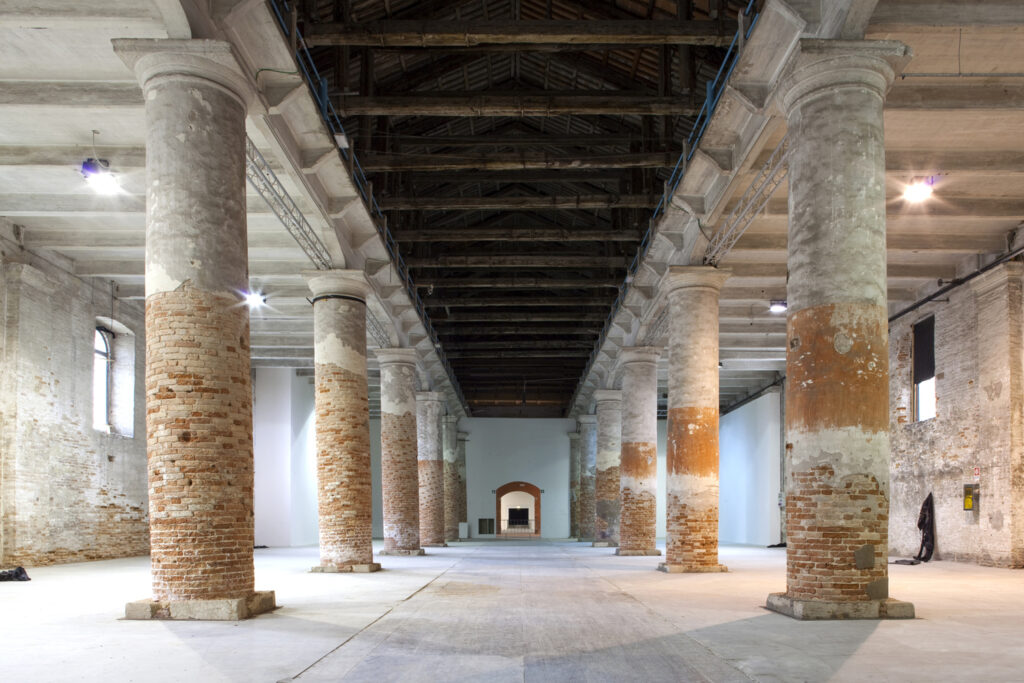
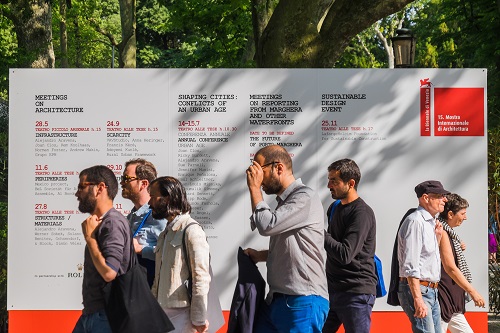
About the 2021 Venice Architecture Biennale
AD: How are you working with participants now in preparation for the Biennale that will take place in 2021? Are you in any way re-orienting the original theme?
HS: The postponement was a difficult but wise decision on the part of Roberto Cicutto, the Biennale President, and the Biennale leadership. They only took it after we gathered extensive feedback from the participants and national curators. Securing the health and safety of everybody involved was more important than securing the opening date. We took a pause for a couple of months. But we have recently pressed restart and are now planning for the May 22, 2021 opening, reinvigorated by the improving situation in Italy, by the reopening of the Giardini, and by the successful opening and conclusion of the Film Festival. We are hopeful that by then the pandemic would have subsided. The participants and the curators of the national pavilions have been extremely patient and collaborative throughout this whole period. A sense of solidarity is growing among us. We meet regularly and discuss the projects and our shared pursuits.
We are not reorienting the theme. We are highlighting the relation between the underlying reasons that led us to the theme and the underlying causes of the pandemic.
Participants in biennales often rush to make the opening date and when they see their projects they wish they had more time to adjust or refine. Well, now we have the time. In terms of the general curatorial strategy, we are not reorienting the theme. We are highlighting the relation between the underlying reasons that led us to the theme and the underlying causes of the pandemic. In one way, we will leave it to the eyes of the visitors to make connections with the present condition and context. In another way, some of the participants have chosen to address it in some aspect of their project.
About the Present
AD: Tackling the global situation as it is, in your opinion, how will we live together in the times of corona, revolutions, crisis, in these moments of change and uncertainty?
HS: There is no agency that is better equipped to act in uncertainty than that of the artist (and if artists allow, also of the architect!). Artists, as the poet John Keats reminds us, are perfectly capable of constructing whole worlds without full evidence, without the need to explain everything about the world. They make out of their art a plausible response to the present conditions not by trying to understand in depth the totality of the problem is but by leaping forward and asking, through their creation, “what if?”. What if the world could be like this instead? For example, it may very well be that a new apartment complex with compact studio units and common kitchens, dining areas, and roof terraces comes out as a design response to the financial limitations of the young adults who inhabit them.
Creating alternatives to the world is a different way of understanding the world. “What if” is as valid as “how” and “why.” A spatial contract could help inspire a social contract.
The architect inventing such models may be addressing the immediate needs of the youth without being able to address housing shortage in general, or the reasons why members of this demographic group cannot afford their individual houses in the first place, but the architect does present an alternative that is workable enough, seductive enough, aesthetic enough to lead us to imagine through this form of architecture a desirable form life, an alternative answer to the housing question. Such experiments in the past have turned into models for modern housing. The Unite d’Habitation propelled a period of experimentation, resulting in new alternatives. So did the Sunnyside Gardens in New York before it. Even though highly successful, none of these projects fully solved the problem of housing. This is not to belittle at all the need to get to the root of the housing problem and what causes it, but it is to elevate architecture’s power to propose alternatives into a way of knowing and changing. Creating alternatives to the world is a different way of understanding the world. “What if” is as valid as “how” and “why.” A spatial contract could help inspire a social contract.
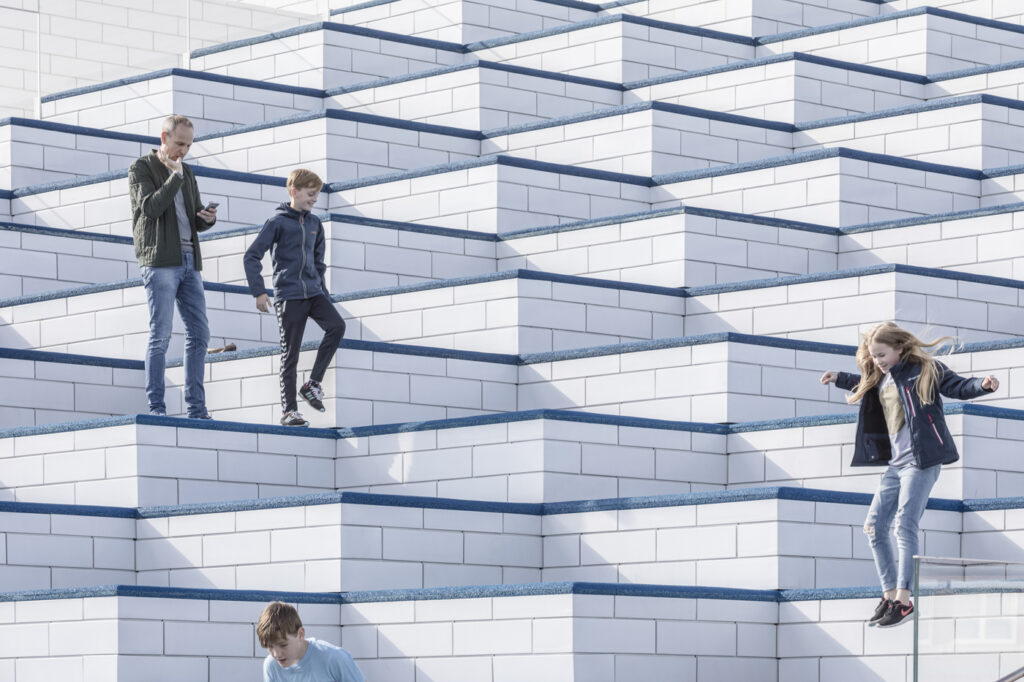
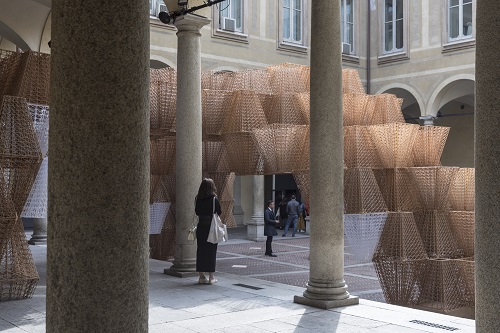
About the Future
AD: The theme questions basically “what are we doing about the future?”. With all this shift in paradigms, it seems like a different future is upon us. How do you perceive this future and what do you think we should be doing about it?
Will we ever go back to the world we knew before?
HS: We have to remember to build a possibility of failure into the futures that we predict, not because we cannot project ideas and realize them or because they will turn out to be disappointing, and sometimes they will, but because the imagination of the future generations will surpass ours, and because the futures we predict would be better off if they were to include other futures that we did not anticipate. Architecture has another role to play in this respect. The future is partly a post-rationalization of existing imaginations, ideas, and yes, spaces and buildings. They predate it, and once brought together into a coherent narrative, they propel it forward. They make it possible. The best architectures have always been strategically anachronistic that way. They were imagined a few steps ahead of the future vision that ultimately appropriated them. But they went on to outlast this future because they were able to successfully accommodate other futures that eventually prevailed.
The best architectures […] were imagined a few steps ahead of the future vision that ultimately appropriated them. But they went on to outlast this future because they were able to successfully accommodate other futures that eventually prevailed.
My quarrel with the avant-garde is how singularly it usually presents its proposal for the future. In teaching architecture history and to a certain extent in teaching studio, we tend to overstress the avant-garde because it is graphic in its clarity about how architecture aspires to change the world. Therefore, we tend to deflate the importance of the messier reformist and revisionist approaches towards the future. I hurry to say that architecture has always been enriched when these approaches have coexisted. I would much rather be stuck oscillating between revolution and reform, even replicating past futures, as we often do, than confusing premonitions for visions.
The need to play out different dispositions towards the future has strongly guided the selection of projects for the 2021 Venice Architecture Biennale. You will find a very speculative project, next to a project that works slowly to improve existing conditions on the ground, next to a project that has produced one prototype, next to a project that has been deployed extensively with proven outcomes.
AD: You said before that “We are a society aware that our own methods will cause our alienation”, 2 years later this is more real than ever. What would you add to this statement today?
HS: I am only an architect and can speak about the methods of our alienation through architecture: Placelessness, homogeneity, and scalelessness have often been evoked as architectural qualities that represent our present alienation. We need to come to terms with these conditions as new modes of global existence that we have to improve on, instead of unsuccessfully hiding them under hyper-articulation and fake localized differentiations. There is a good placelessness, there is a good homogeneity, there is a good scalelessness. If as Isabelle Stengers has argued, the only political outlook from here on has to be global, then surely these qualities could be mobilized to reflect a global identity. Could placelessness be a quality that represents global citizenship? Architecture has a lot to gain if it is able to invest in the emancipatory potential of these qualities instead of always being trapped into expressing the local, the “human scale” and the specific. It is also time we critically examine our fixation with an anthropocentric (read white male) notion of “human scale.”
If I remember well, the reference I was making in the quote above, in your question, was to Ulrich Beck’s thesis on risk societies: how humans are increasingly generating through our own technologies and devices the very risks that threaten our very existence (nuclear, ecological, and biological). The political tensions we are living in today demonstrate Beck’s thesis as well. We are deferring to technology the responsibility of finding solutions to problems that technology has created. We are also becoming increasingly aware that these problems, and their solutions, are not solely technological. The debates around the inundation of Venice and the current politicization of the pandemic are glaring examples of the need to bring the problems to the democratic process despite the risks that are associated with that as well!
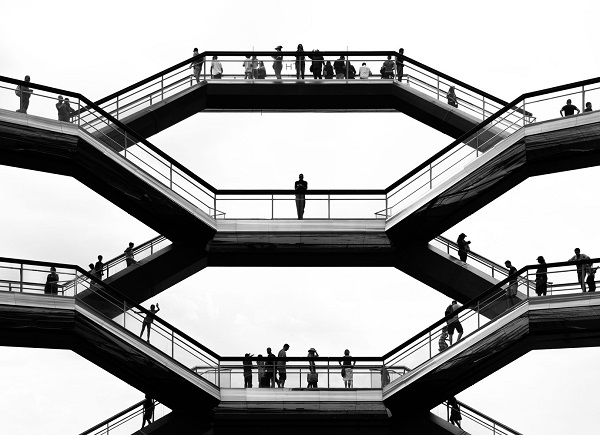
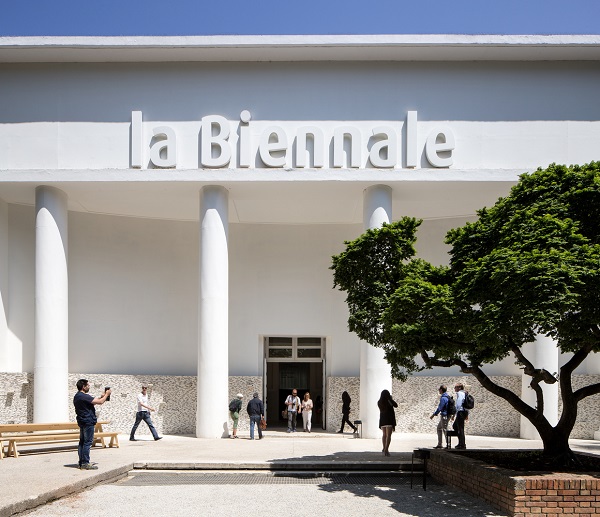
About Priorities and Biennales
AD: 2020 was expected to be a milestone. Nevertheless, real and threatening challenges faced by the world shifted priorities completely. How do you perceive the future of biennales and exhibitions amidst all the current circumstances? How relevant are they?
HS: I just got back from Venice where the Biennale opened a collective archival exhibition about the history of the biennales (art, architecture, film, theater, music, and dance) since the nineteenth century. “The Disquieted Muses” was masterfully orchestrated by the current Art Curator, Cecilia Alemani, and curated by her and the other fields’ curators, including yours truly. The exhibition was very well attended even though Venice was just opening up. So were other museums and galleries in the city. The public is thirsty to experience art. This bodes well despite the setbacks and challenges that the art world is facing and will face for a while. But there is another important challenge that the exhibition helped to expose and to articulate. The Disquieted Muses looked at the history of the Venice Biennale in confronting major shifts (Fascism, the fall of empires, the rally for nuclear disarmament, the Civil Rights Movement, and the 1968 Students Uprising).
The Biennale thrived during these major confrontations and artists used the fragility of their own media as a source of strength. The exhibition shows how the Biennale allowed its own dissolution into events and its dispersal into the city in order to engage more effectively with these struggles. The curators and artists during these times of upheaval spoke out loud on behalf of those who were suffering, and could not speak, and they questioned, challenged, and confronted. If this required turning the Biennale into a series of public events, if it required bringing the art out of the Giardini and into the city, they did not hesitate. They were not worried about whether the Biennale would continue to exist or not. In hindsight, this only emboldened the Biennale. This exhibition also reveals a connectedness among and across the Biennales which we rarely see when we attend them one at a time. The connectedness among the arts, as one art, and across the Biennales as one Biennale, amplifies the role of arts in challenging times, even when they are cacophonic, especially when they are cacophonic.
Share /Chia sẻ nếu bạn thấy hay và hữu ích:
Khi nhiều thị trường toàn cầu được phát triển, thị phần bán hàng trên thị trường thương mại điện tử ...đọc tiếp>>
As the number of viewers abandoning traditional satellite and cable services reach new heights each year, video content owners and ...đọc tiếp>>
Sản phẩm của Mark Sneider dứt khoát là những của lạ là một thứ khăn quàng cổ có yếu tố ...đọc tiếp>>
BÁN HÀNG VÀ TIẾP THỊÝ TƯỞNG 19Kết hợp các cách tiếp thị trực tiếpĐể cạnh tranh thành công bạn phải ...đọc tiếp>>
BÁN HÀNG VÀ TIẾP THỊÝ TƯỞNG 18BÁN TRỰC TIẾPJim Ake lập luận như thế này: “nếu ta thuyết phục được ...đọc tiếp>>
Dù muốn gọi đó là thư tín, phương tiện tiếp thị trực tiếp, hay Catalog bé tẹo, chỉ cần bạn ...đọc tiếp>>
Điều gì xảy ra trong trường hợp một sản phẩm do bạn làm ra được bạn rất thích và tin ...đọc tiếp>>
Thủ thuật quảng cáo cây nhà lá vườn có thể rất có ích cho một công ty trong ...đọc tiếp>>
Chi phí cho quảng cáo trên truyền hình quá đắt đối với các công ty nhỏ hoặc mới ra đời. ...đọc tiếp>>
Trên toàn cầu, thẻ tín dụng là phương thức thanh toán ưa thích, được sử dụng trong 53% giao dịch, ...đọc tiếp>>
Size kích thước chuẩn của card visit là 90×54 mm (255×155 pixel) hoặc 90×50 mm (255×140 pixel). Tỷ lệ này ...đọc tiếp>>
Nếu chúng ta èo uột đến mức những người cạnh tranh có thể sử dụng những thông tin (về tài ...đọc tiếp>>
Nếu bạn gặp phải một tay cạnh tranh dữ dội trong ngành nghề của bạn, bạn nên xem là mình ...đọc tiếp>>
Nếu bạn cứ bỏ thì giờ để chú tâm đến bán hàng loại hai trong khi mục đích chính của ...đọc tiếp>>
Bạn muốn xây dựng một cái gì đó, vậy tại sao không chỉ nói với những thợ xây dựng những ...đọc tiếp>>
Gừng là một gia vị sẵn có trong gian bếp của mỗi gia đình. Đây là một loại gia vị ...đọc tiếp>>
Điều gì sẽ xảy ra với lĩnh vực Trí tuệ Nhân tạo trong năm 2020? Tìm kiếm việc mô hình ...đọc tiếp>>
High Dynamic Range (HDR) video is a maturing technology. There are today a number of gradually-harmonizing standards.For a maintained picture of ...đọc tiếp>>
Sau một buổi làm việc mệt mỏi, nhiều người thư giãn cũng như nạp lại năng lượng cho bản thân ...đọc tiếp>>
There is no agency that is better equipped to act in uncertainty than that of the artist (and if artists ...đọc tiếp>>
HCMC needs US$4.17 billion for 15 key transport projects SGGP HCMC needs VND96 trillion (US$4.17 billion) to implement 15 key ...đọc tiếp>>
Cùng với cơn sốt tiền ảo Bitcoin, thời gian gần đây, NFT trở thành mặt hàng mới nhận được sự ...đọc tiếp>>
Giá vàng thế giới giảm liên tục, USD tự do vượt 24.000 đồng VNECONOMY Giá vàng thế giới giảm mạnh ...đọc tiếp>>
Khi phụ huynh cho con em mượn thiết bị công nghệ nên cân nhắc và đặt ra những quy tắc ...đọc tiếp>>
Tạp chí Hoa Kỳ: 'Việt Nam chắc chắn sẽ là ngôi sao sáng trong thương mại PPE toàn cầu 2020' ...đọc tiếp>>
Thị trường ngày 30/3: Giá vàng giảm hơn 1%, cao su tăng lần đầu tiên trong 5 phiên, dầu và ...đọc tiếp>>
0 VIETTEL POST Thông tin liên hệ Địa chỉ: Tòa nhà N2, Km số 2, Đại Lộ Thăng Long, Mễ Trì, ...đọc tiếp>>
Logo mới của Xiaomi vẫn giữ nguyên về màu sắc, chỉ bo tròn 1 chút phần nền bao quanh chữ ...đọc tiếp>>
Asian Stocks Rally After U.S. Shares Hit Record: Markets Wrap Bloomberg / By Cormac Mullen Asian stocks climbed Friday after ...đọc tiếp>>
Thiết kế Web giá rẻ Thành phố Châu Đốc An GiangThiết kế Web giá rẻ Thành phố Long Xuyên An ...đọc tiếp>>
Thiết kế Web giá rẻ Thành phố Vũng Tàu Bà Rịa - Vũng TàuThiết kế Web giá rẻ Thị xã ...đọc tiếp>>
Thiết kế Web giá rẻ Thành phố Bắc Giang Bắc GiangThiết kế Web giá rẻ Huyện Hiệp Hoà Bắc GiangThiết ...đọc tiếp>>
Thiết kế Web giá rẻ Thành phố Bắc Kạn Bắc KạnThiết kế Web giá rẻ Huyện Ba Bể Bắc KạnThiết ...đọc tiếp>>
Thiết kế Web giá rẻ Thành phố Bạc Liêu Bạc LiêuThiết kế Web giá rẻ Thị xã Giá Rai Bạc ...đọc tiếp>>
Thiết kế Web giá rẻ VPS giá rẻ Thành phố Bắc Ninh Bắc NinhThiết kế Web giá rẻ VPS giá ...đọc tiếp>>
Thiết kế Web giá rẻ VPS giá rẻ Thành phố Bến Tre Bến TreThiết kế Web giá rẻ VPS giá ...đọc tiếp>>
Thiết kế Web giá rẻ VPS giá rẻ Thành phố Quy Nhơn Bình ĐịnhThiết kế Web giá rẻ VPS giá ...đọc tiếp>>
Thiết kế Web giá rẻ VPS giá rẻ Thành phố Thủ Dầu Một Bình DươngThiết kế Web giá rẻ VPS ...đọc tiếp>>
Thiết kế Web giá rẻ VPS giá rẻ Thành phố Đồng Xoài Bình PhướcThiết kế Web giá rẻ VPS giá ...đọc tiếp>>
Thiết kế Web giá rẻ VPS giá rẻ Thành phố Phan Thiết Bình ThuậnThiết kế Web giá rẻ VPS giá ...đọc tiếp>>
Thiết kế Web giá rẻ VPS giá rẻ Thành phố Cà Mau Cà MauThiết kế Web giá rẻ VPS giá ...đọc tiếp>>
Thiết kế Web giá rẻ VPS giá rẻ Quận Bình Thủy Cần ThơThiết kế Web giá rẻ VPS giá rẻ ...đọc tiếp>>
Thiết kế Web giá rẻ VPS giá rẻ Thành phố Cao Bằng Cao BằngThiết kế Web giá rẻ VPS giá ...đọc tiếp>>
Thiết kế Web giá rẻ VPS giá rẻ Quận Hải Châu Đà Nẵng Quận Cẩm Lệ Đà NẵngQuận Hải Châu Đà ...đọc tiếp>>
Thành phố huyện tỉnh Đăk Lăk Thành phố Buôn Ma Thuột Đắk LắkThị xã Buôn Hồ Đắk LắkHuyện Buôn Đôn ...đọc tiếp>>
Cùng chủ đề:
-
HTML body not filling complete width on mobile devices
-
Dự án Black Rice Field Project – Kiến trúc đẹp – kết nối văn hóa địa phương trong quy hoạch đô thị
-
Trấu nghiên nguồn nguyên liệu xanh -Raw Rice Husk Powder – Rice Husk Organic
-
Lợi ích của củi trấu thanh
-
Sáng kiến hay Ấn Độ dùng xơ dừa trong làm đường giao thông
-
cảnh báo đến cuối 2023 khi Fed tăng lãi suất cơ bản 0,75% lần thứ 3 liên tiếp

